On a cloudy day in early March, six Ukrainian soldiers and medics sat in a quiet, well-appointed room in their nation’s embassy in Washington, D.C. A couple bore the visible signs of the two-year conflict with Russia: The left sleeve of Dmytro Finashyn’s military fatigues was folded neatly in on itself, and Oleksandr Batalov was missing most of his right leg, the result of a mine explosive. His crutches rested against the arm of the couch where he sat. For others, the scars were invisible but no less present: Two had been held in Russian captivity during the siege of Mariupol, and one woman’s son was killed in action. All of them had witnessed the horrors of a long, brutal war.
They were in Washington to make the case for additional military aid for their battle-weary country as part of an initiative, sponsored by the Victor Pinchuk Foundation, called “Message from the Frontline.” Speaking mostly through a translator, they recalled the days more than two years ago leading up to what they called the “big war” or the “big invasion.”
For the Ukrainian soldiers and combat veterans The Dispatch spoke to, that February day didn’t mark a beginning of conflict, but rather an almost inevitable transition in a war that—for them—began a decade ago. Ten years later, they’re still fighting—and doing so with far less materiel than they need if they hope to definitively close this chapter of their country’s history and their own lives.
“I have not been expecting the big war, but I think now—I think it’s more like my self-protection in my mind,” Mariia Nazarova, a combat medic who had served in the military even before Russia’s full-scale invasion on February 24, 2022, said in English. “Because I’m 27, my whole youth was in the war. … I understand that I’ll probably spend some more years of this youth without that normal life, but I think we in Ukraine have reinvented what normal life is.”
There was no declaration of war in 2014, but a series of escalatory events hinted at what was to come.
On February 22, 2014, Viktor Yanukovych’s pro-Russian presidency collapsed after months of protests in Kyiv—but not before Yanukovych had sent riot police and snipers to gun down protesters in Kyiv’s Maidan Square on February 18, killing 103 people. Days later, “little green men,” as Ukrainians took to calling them, appeared in Crimea—armed and wearing fatigues, but without insignia—and blocked off airports and other infrastructure while seizing the Crimean parliament building. The next month, they forced a referendum and installed a pro-Russian leader after claiming near-perfect turnout and agreement that Crimea should be under Russian rule. Though Russian President Vladimir Putin initially denied the troops were Russian, he later openly admitted he’d sent Russian forces to Crimea. Finally, in March 2014, officials from Russia and the Crimean peninsula signed an agreement formally annexing the Black Sea hub.
But Crimea was just the beginning. Aided by former Russian intelligence officer Igor Girkin Russia-backed separatist militias in Ukraine’s largely Russian-speaking eastern Donbas region attacked and occupied administrative buildings. The separatists later declared the two eastern territories of Luhansk and Donetsk “people’s republics” in May. There, too, separatists organized referendums to declare independence from Ukraine and hope for rule by Moscow.
In eight years of conflict—before the “big war” began in 2022—some 14,000 people were killed in the fighting in the Donbas. U.S. security aid increased over that time period, with more than $2 billion in support directed at the Ukrainian military, including lethal aid like sniper rifles and grenade launchers. Several iterations of internationally mediated ceasefires and peace agreements stopped forward motion by Russia-backed separatists but never totally quelled the violence.
It’s why, at least for some Ukrainians, Russia’s invasion in February 2022 had an inevitable quality. Liudmyla Meniuk is a veteran of both Russia’s most recent invasion and served in the military prior to the 2022 invasion.“I did feel that a big war is going to come,” said Meniuk, a psychiatrist by training. “I had been at war for seven years and a half before that. I observed how cruel the enemy is. I saw them destroy our towns and villages.”
In the days and weeks before the full-scale invasion, declassified U.S. intelligence warned of Russian troops amassing on the border with Ukraine and that an invasion was possible, even likely. Yuliia “Tayra” Paievska was a medic in Mariupol during Russia’s monthslong siege of the city that began with the invasion. She delivered bodycam footage to the Associated Press in March 2022 before she was captured by Russian forces and held in captivity for several months. She told The Dispatch she didn’t want to believe the early warnings, but she felt compelled to prepare anyway. “I had no doubt what would happen because all the indications I observed were confirming that, but my subconscious self was wanting to reject that,” she said. “Interestingly, no matter what my conscious or subconscious self was thinking, I did put my daughter on an airplane to a foreign country three days before the invasion.”
Several of the soldiers and their families had “go bags” ready for the invasion. Meniuk buried important family documents in her vegetable garden and printed off copies of a children’s book, written by an Israeli psychologist, to help kids cope with trauma.
On February 23, Finashyn arrived in Luhansk to do a rotation at the frontline in a war that was both ongoing and hadn’t yet begun. Finashyn told The Dispatch he was concerned about Putin’s formal recognition of the breakaway Luhansk and Donetsk territories just a few days before. “Immediately after that, the artillery and mortar shelling from that side became much more intense, like never before during the previous years,” he said.
Three months later, Finashyn was injured in the line of duty, ultimately losing most of his left arm. Once a sniper and drone operator, he’s now in military intelligence.
Ukrainian President Volodymyr Zelensky said last month that more than 31,000 Ukrainian troops have been killed in action, Meniuk’s son Stanislav among them. The soldiers and veterans The Dispatch spoke to credited their country’s continued existence to the bravery of their brothers-in-arms—and U.S. military and humanitarian aid. “If American assistance had not arrived very timely after that first wave, we would not have withstood,” Paievska said. “The country would have vanished.”
Batalov was a civilian—a massage therapist in Kyiv—when Russia launched its full scale invasion, but he joined up as soon as he could. He said U.S.-made body armor and a combat application tourniquet, which he purchased before he went to the front, saved his life. “When I was hit by a mine explosive, because I had that American vest it absorbed a lot of the fragments,” he told The Dispatch. “And this is one reason why I’m sitting here talking with you.” Still, he lost most of his right leg.
Nazarova, the combat medic, said there’s a limit to the casualties she and her team can prevent when frontline soldiers are increasingly undefended, suffering from what analysts and observers are calling “shell hunger” as American aid has dwindled. As Bennett Murray reported for The Dispatch last month, the dearth of artillery shells and ammunition is hurting morale of frontline troops and worn-out weapons are reducing their effectiveness, forcing troops to get creative with jury-rigged exploding drones.
“The best medicine is artillery,” Nazarova said.
But as the soldiers described the situation on the ground, just a few miles away on Capitol Hill, additional aid to Ukraine was stalled. In late February, House Speaker Mike Johnson declared a Senate-passed package—one that included $60 billion in funding for aid to Ukraine—“dead on arrival” in the House because it had been stripped of U.S.-Mexico border security measures Republicans themselves had negotiated and then killed. “We certainly understand those challenges you’re dealing with and we understand how important is border security,” Paievska said. “Experience tells us what happens if you don’t watch your security.”
Johnson has been facing pressure from Ukraine-friendly members of Congress on the left and right who are trying to bring a package to a vote without the speaker’s approval, which would require support from a majority of the House. Johnson reversed course Thursday, saying he expected to bring Ukraine aid to a vote with help from Democrats, though he didn’t specify a timeline. In the meantime, accountants at the Pentagon are looking between every budgetary couch cushion for extra money to fund aid packages. This week, Defense Department officials were able to scrounge together a $300 million package to send additional artillery and ammunition. It’s modest compared to the nearly $50 billion in aid the U.S. has provided since Russia first invaded in 2014.
To Finashyn, the question of whether to provide aid—and how much—comes down to a simple calculation. “Ten projectiles shot from a cannon can save one life of a soldier that won’t have to go physically to take that position,” he said. “So, simple question: What is the cost of metal and gunpowder compared to one human life?”
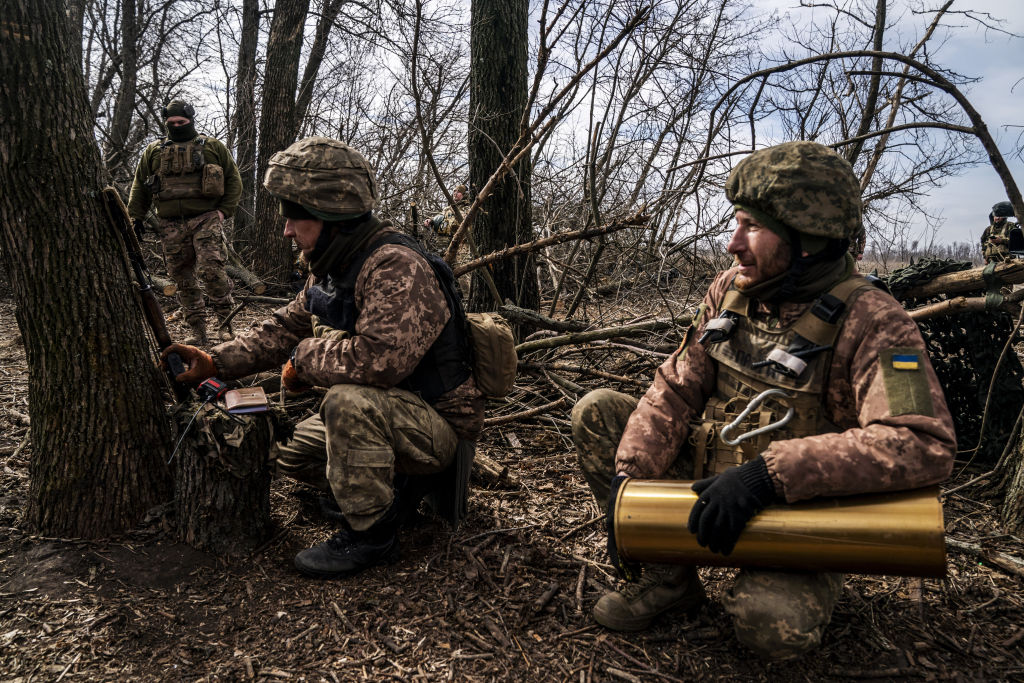

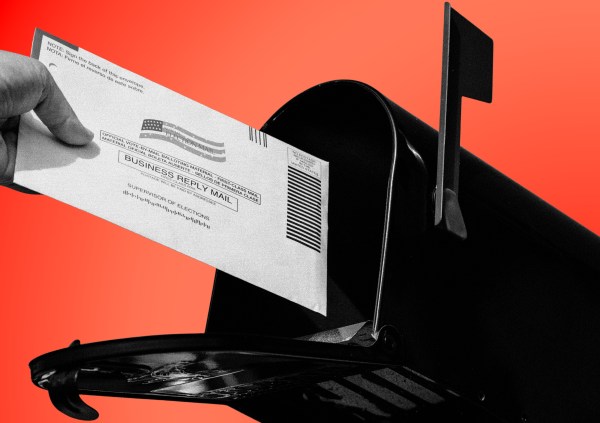
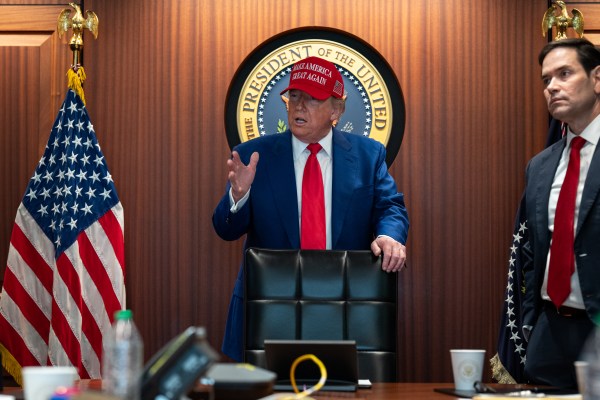
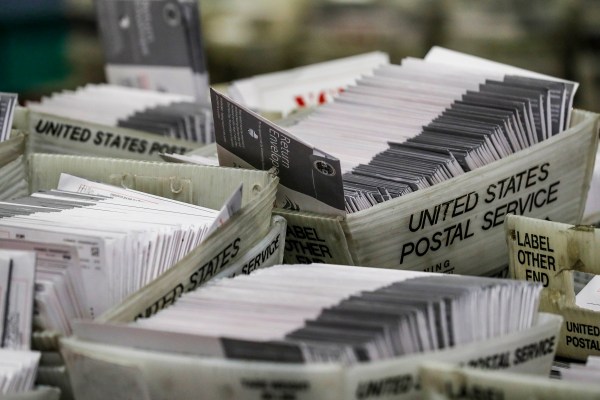
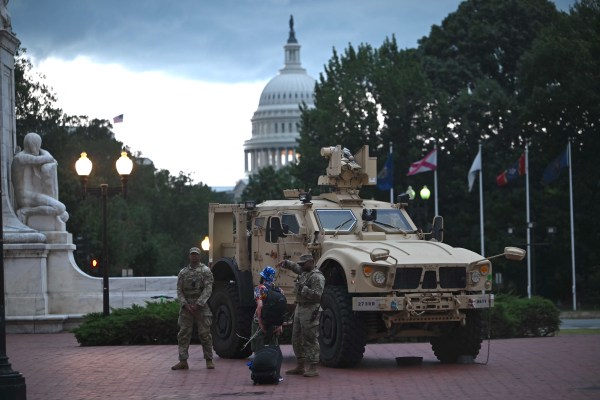



Please note that we at The Dispatch hold ourselves, our work, and our commenters to a higher standard than other places on the internet. We welcome comments that foster genuine debate or discussion—including comments critical of us or our work—but responses that include ad hominem attacks on fellow Dispatch members or are intended to stoke fear and anger may be moderated.
With your membership, you only have the ability to comment on The Morning Dispatch articles. Consider upgrading to join the conversation everywhere.